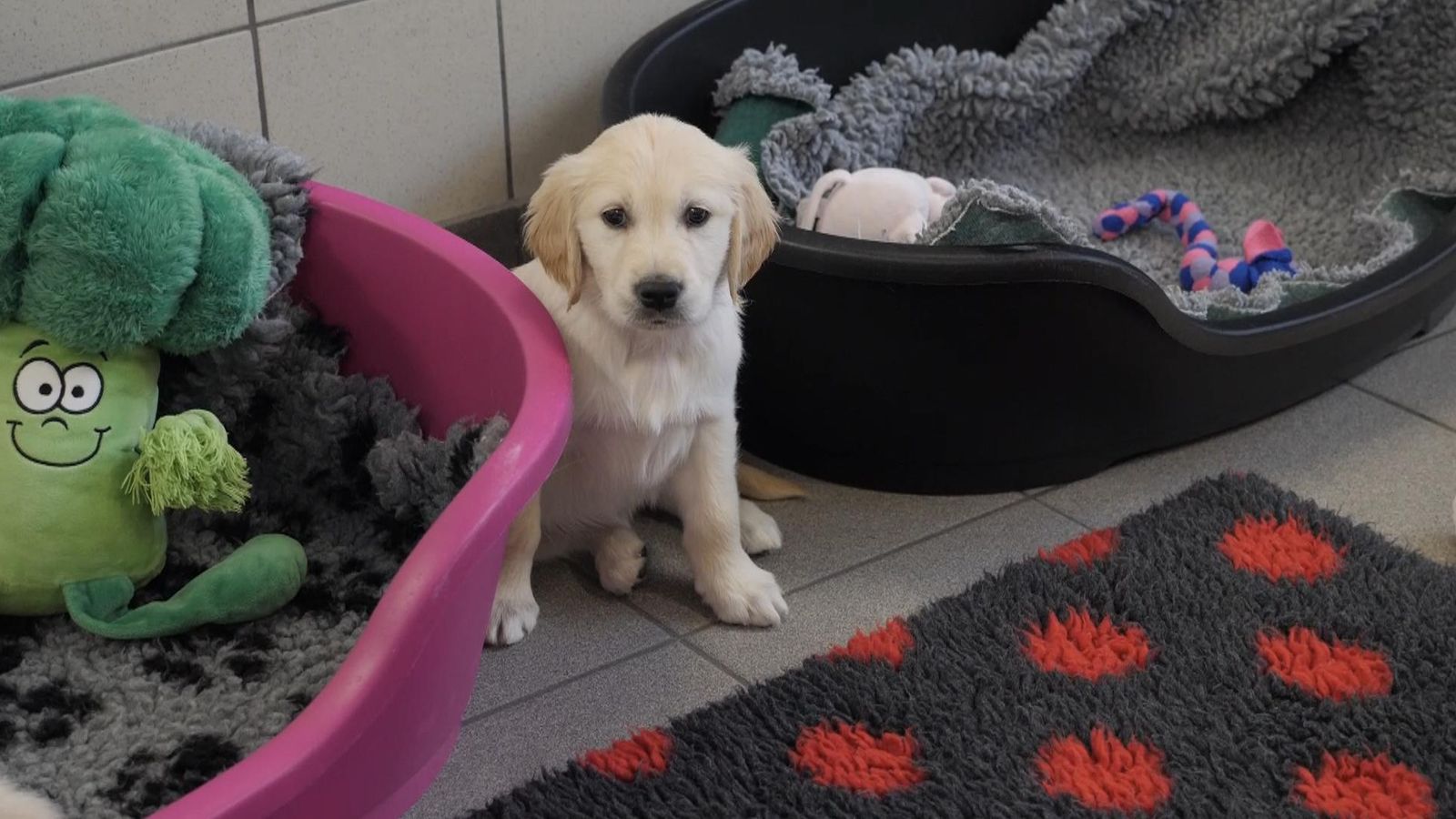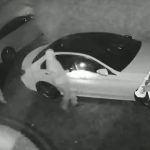A new research project has been launched to study the genetics behind the traits that are essential for guide dogs to have.
The Born to Guide project – the largest piece of research of its kind – will involve genome sequencing of about 3,000 puppies.
This will then be combined with existing data held on the traits and attributes of dogs, allowing researchers to understand the genetic underpinnings of behaviours better.
Behavioural and health traits are considered to be the most important in helping identify whether a dog is likely to fully qualify as a working guide dog or not.
The process will involve taking saliva swabs from all of the puppies involved before DNA sequencing takes place – the puppies will be monitored throughout the course of their lives.
Dr Tom Lewis, head of canine genetics at Guide Dogs, said: “It will help us guide our selections in the future to make sure that we’re breeding dogs that are temperamentally suited and healthy to do the job.”
He added that if this research could help streamline the breeding process, more resources could be invested into other services providing support to those with sight loss.
Dave Stanton, the charity’s breeding programme manager, said it’s a “very exciting time” as the finding will provide “the ability to filter that down much more tightly and accurately based”.
The National Breeding Centre is the only guide dog breeding centre in the country, and in its 10 years has bred nearly 12,000 dogs.
Their work has a life-changing impact on the lives of many people across the country who are blind or partially sighted.
John Garrett has had a guide dog since he lost his vision at the age of 23.
He initially relied on a long cane, but this quickly became “physically and mentally tiring”.
Mr Garrett told Sky News that his guide dog, Khan, is a lifeline for him.
He said: “There’s not only the mobility side of it, but obviously they can help by being a companion.
“I live on my own and it’s great to have him there, he’s always there, loving me whether I’m feeling good or bad or had a tough day doing what I’ve been doing.
“I go out on a walk with my neighbour and we meet other dog owners and get to find out about them and their dogs so it’s still a way, particularly in these times, to meet other people.”
Currently, only 50% to 60% of the dogs bred by the charity go on to become fully qualified working guide dogs.
The researchers hope this programme will help boost this success rate as well as helping prolong the working life of these dogs.






















